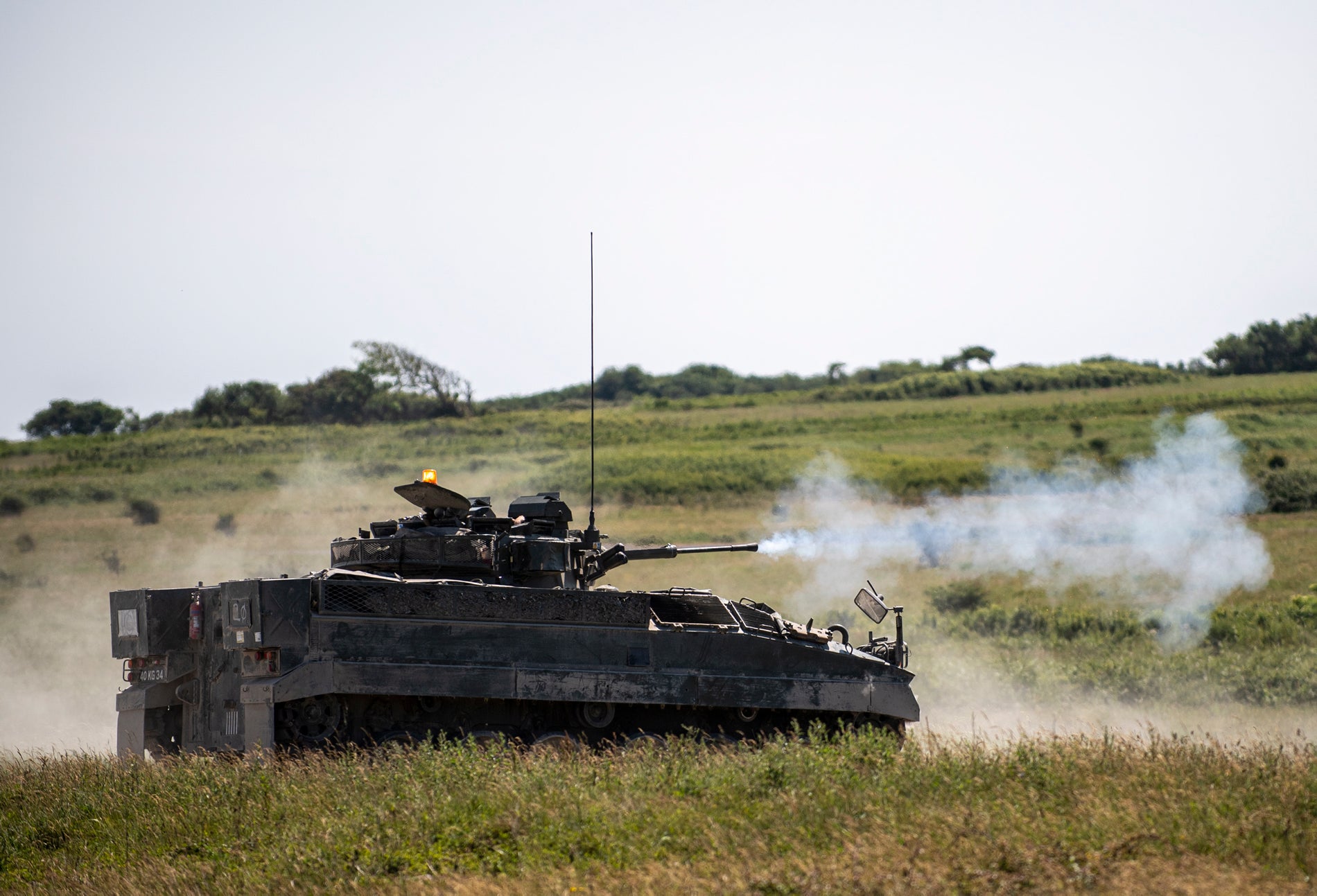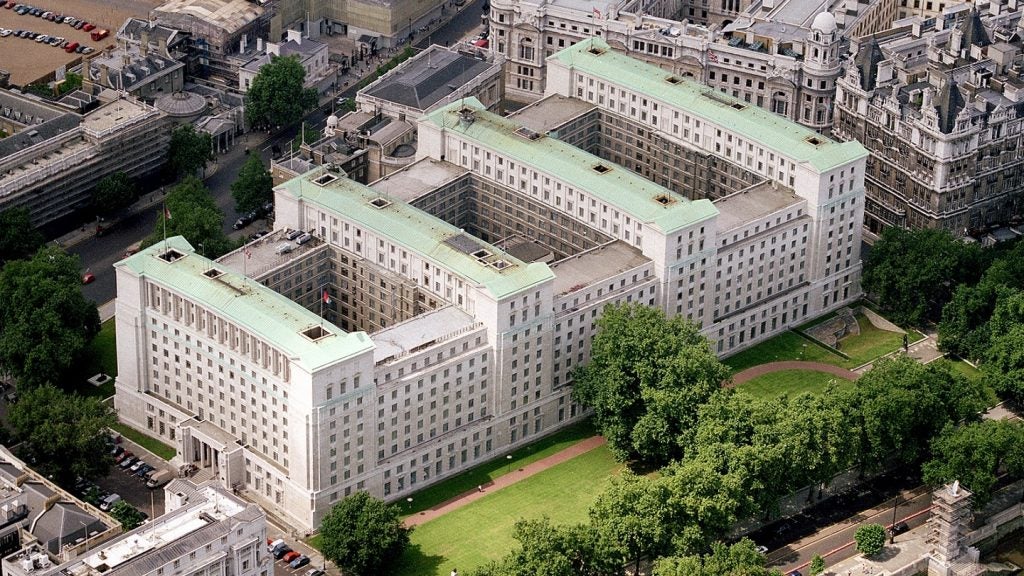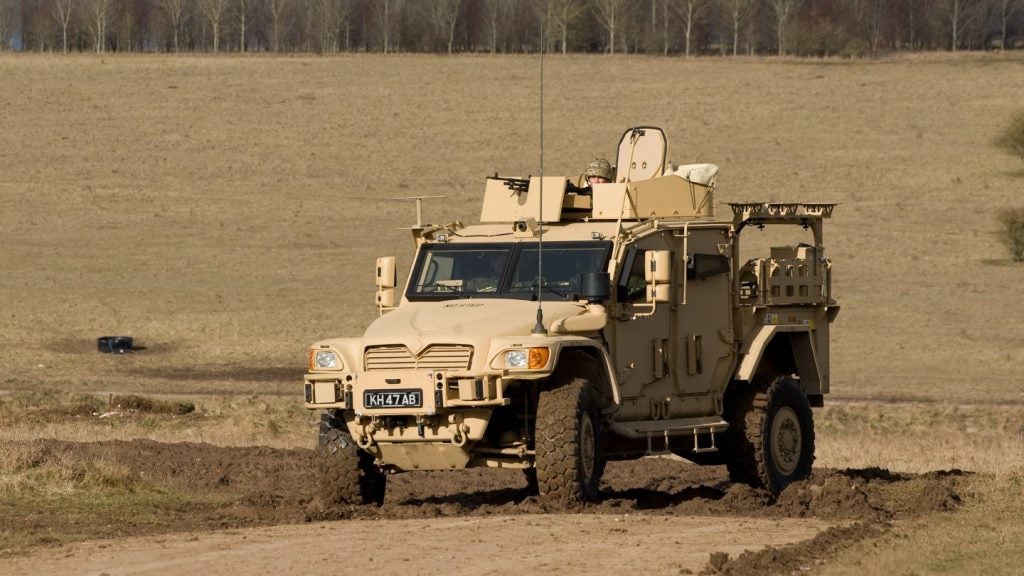
The independent public spending watchdog said that the gap in the Equipment Plan budget was £7.3bn but could be as large as £17.4bn in a worst-case scenario.
NAO head Gareth Davies said: “To date, the MOD’s fundamental problem has been that the cost of delivering its ambition far exceeds its available budget.
“Faced with an unaffordable equipment programme, it has adopted a short-term approach to financial management that restricts the military commands from developing the equipment they need and leads to increased costs in the longer-term.”
The Equipment Plan sets out the MOD’s intended investment in equipment between 2020 and 2030. The current plan allocates £190bn to equipment, equivalent to around 41% of the UK’s overall defence spending.
Commenting on the NAO report, chair of Public Accounts committee Meg Hillier said: “This is now the fourth year the NAO has concluded that the MOD can’t afford everything in its Equipment Plan.
“And once again, MOD has moved the goalposts; it’s impossible to say if the budget black hole is growing or shrinking.”
How well do you really know your competitors?
Access the most comprehensive Company Profiles on the market, powered by GlobalData. Save hours of research. Gain competitive edge.

Thank you!
Your download email will arrive shortly
Not ready to buy yet? Download a free sample
We are confident about the unique quality of our Company Profiles. However, we want you to make the most beneficial decision for your business, so we offer a free sample that you can download by submitting the below form
By GlobalDataThe MOD’s 2020-2030 Equipment Plan excludes the full costs of any possible replacement for the Royal Navy’s minehunting fleet and the full costs of planned investments in new submarines, aircraft or future space capabilities.
The NAO accused the MOD of making ‘over-optimistic and inconsistent judgements when forecasting costs.’ adding that the department had reduced overall cost forecasts by £25.1bn ‘to reflect adjustments for expected savings and its ability to deliver projects in line with original timetables.’
The watchdog added that while the MOD had improved the way it estimates efficiency savings, it had not made ‘enough progress in establishing a consistent and evidence-based approach to adjusting cost forecasts.’
The NAO said that funding shortfalls were set to be most ‘acute’ over the next five years where there is an estimated deficit of £8.3bn and could stretch to £8.4bn if savings aren’t achieved.
Funding shortfalls are expected across all military branches, with the Royal Navy reporting the largest shortfall at £4.3bn. The NAO added that the MOD has ‘no contingency for 2020-21, restricting the military commands’ ability to act on any unexpected demands or cost increases.’
The NAO said that the commands had responded to funding pressure by stopping or deferring further expenditure to later years.
Davies added: “The government’s announcement of additional investment gives the MOD an opportunity to develop a more balanced equipment programme.
“It now needs to make tough decisions on its priorities, if it is to avoid a continuation of the increasing cost pressures we have seen in recent years.”
The MOD produced the plan ahead of the published spending increase announced by the Prime Minister last November. When the government announced defence expenditure would be increased £16.5bn over the next four years to boost the introduction of new capabilities.
The NAO said: “This funding is intended to allow the MOD to modernise and invest in new technologies, including its cyber and space capabilities. It presents the MOD with an opportunity to develop a more affordable programme to develop the military capabilities that it needs.
“As it decides how to allocate this funding, the MOD will need to ensure that long-term decisions on equipment projects are based on a realistic assessment of costs.
Hillier added: “MOD’s Spending Review settlement gives it some much-needed breathing space, but it may not be enough to develop the capabilities the armed forces need to do their job.
“MOD still has to make hard-headed decisions about what it can afford. The Equipment Plan needs to be more than just a wish list, reliant on nebulous ‘efficiency savings’ to make the sums add up.”
The newly-announced funding includes capabilities that are outside of the existing 2020-2030 Equipment Plan.
The watchdog also said that in its view the estimated funding shortfall was not comparable to previous years saying that while the MOD has applied the same cost methodology to previous reports ‘there is continued uncertainty over the completeness of cost forecasts and its approach to making management adjustments’.
The NAO said the MOD had also presented the Equipment Plan ‘on a different basis to previous years, due to changes in its approach to setting the TLBs’ (top-level budgets) overall budgets.’






